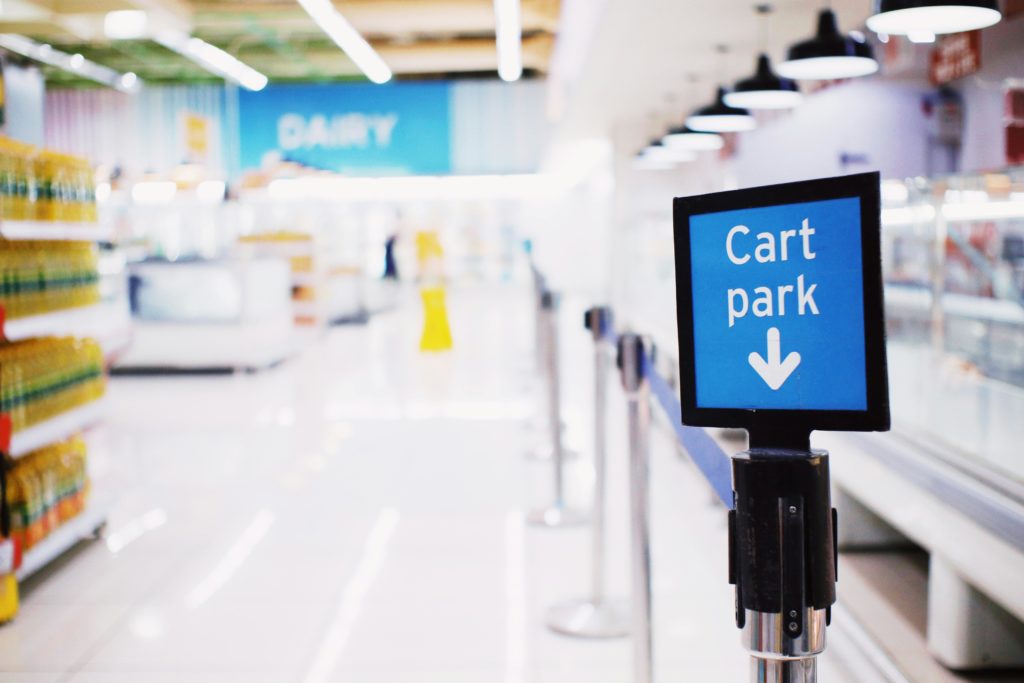Unlocking Growth Series Part 3: The Power of In Store Signage for Local Business
In-store signage wields significant influence in the retail environment, silently guiding customers and shaping their overall experience. Let’s delve into the power of in-store signage and explore how it impacts consumer behavior and sales.
1. The Silent Ambassador
Effective signage serves as a silent yet powerful ambassador for a brand. From the moment shoppers step into a store, the signs they encounter play a crucial role in capturing their attention, conveying information, and influencing purchasing decisions1. Whether it’s a bold sale banner or a subtle product description, these visual cues create an immediate impression and set the tone for the shopping journey.
2. Types of In-Store Signage
Not all signs serve the same purpose. In-store signage can be categorized into three primary types:
- Wayfinding Signage: Also known as directional signage, this type guides foot traffic and helps consumers navigate the physical space. By removing friction from the in-store experience, it encourages exploration.
- Promotional Signage: Designed to communicate relevant information about specific products or services, promotional signage drives purchase behavior. Whether it’s a sale price, key feature, or unique attribute, these signs influence decision-making.
- Brand-Building Signage: Some signage isn’t about guiding traffic or driving immediate sales. Instead, it reinforces the brand, creates a mood, and enhances the environment. Brand-building signage may even invite shoppers to touch and experience the product.
3. The Five Rules of Effective Retail Signage
To maximize the impact of in-store signage, consider these five essential rules:
- Build the Brand: Colors, fonts, taglines, and design themes should align with brand positioning and adhere to brand guidelines. Conflicting messages can harm your brand.
- Ensure Readability: Prioritize readability at a glance. The font, typeface size, and contrast between text and background colors directly affect how easily passersby can read your message.
- Keep It Brief: Brevity enhances readability. Concise messages resonate better with shoppers, so avoid overwhelming them with lengthy content.
4. The Bottom Line
In-store signage isn’t just about aesthetics; it’s a strategic tool that influences consumer behavior. By following the rules and understanding the different types of signage, retailers can create a seamless shopping experience that drives sales and reinforces their brand identity3. So, the next time you walk into a store, pay attention to the signs—they’re more powerful than you might think! 🛒🔍



